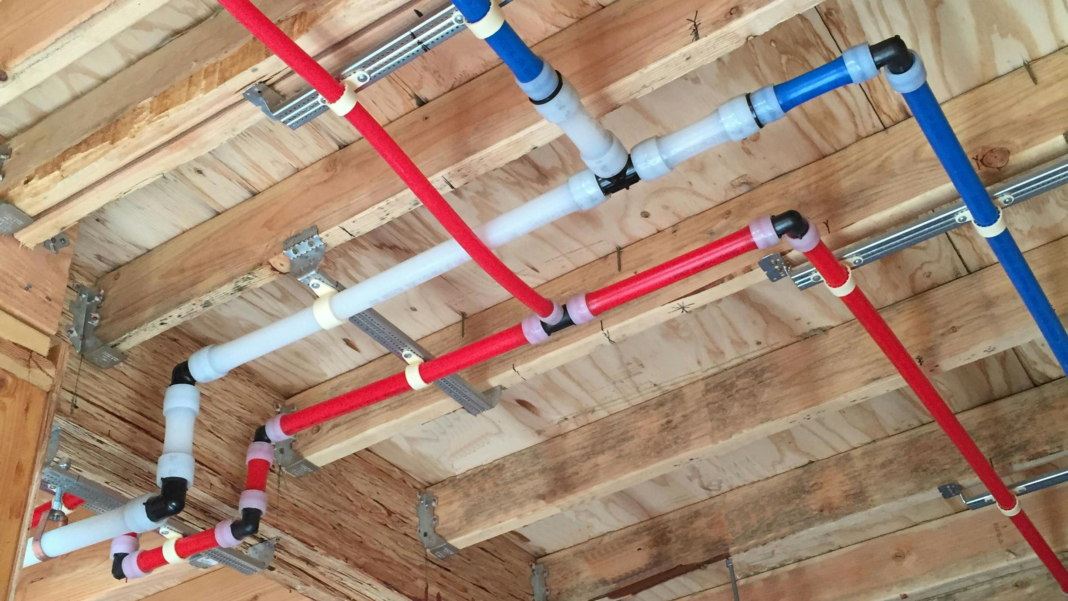ビジネス情報
IRVING, TX — The Plastics Pipe Institute, Inc. (PPI) has published a new technical resource, TR-56: History of Crosslinked Polyethylene (PEX) Tubing in North America and the Evolution of ASTM Standard Specification F876 from 1984–2024. The report chronicles the origins of PEX in Europe, its adoption into North American plumbing and hydronic markets, and the development of the standards that define its use today.
A Resource on the Evolution of PEX Standards
TR-56 details the fifty-year journey of PEX, from its first radiant heating installations in the early 1970s to its widespread use in residential and commercial plumbing, radiant heating, and cooling systems across North America. The document highlights how ASTM F876—the specification that defines PEX tubing—has evolved over four decades, noting each revision and the new performance requirements added along the way.
Industry Perspectives and Historical Context
PPI

To develop TR-56, PPI interviewed Tomas Lenman, the Swedish engineer who led the creation of the original standards. His account is paired with a complete timeline of F876 revisions, including new sizes, chlorine and UV resistance requirements, and test methods that have shaped the tubing used by contractors today. The report also tracks how PEX entered North American plumbing codes, beginning with the BOCA National Plumbing Code in 1993 and later into the Uniform Plumbing Code (UPC) in 2000.
Standards That Support Contractors and Designers
“North American standards ASTM F876 and ASTM F877 were first published in 1984,” said Lance MacNevin, P.Eng., director of engineering for PPI’s Building & Construction Division. “ASTM F876 contained the primary requirements for PEX tubing itself, while F877 contained performance requirements for fittings to be used as a system with PEX tubing. These standards have evolved to include many new requirements for tubing, such as chlorine and UV resistance, and for fitting systems to ensure that connections are as strong or stronger than the tubing itself.”
PEX as a Market Leader in North America
PPI estimates that more than 30 billion feet of PEX tubing have been shipped across the US, Canada, and Mexico since its introduction, with PEX now the dominant material for residential plumbing systems and hydronic heating applications. Its ease of installation, reliable connections, and durability have made it the go-to choice for contractors.
MacNevin added, “ASTM F876 has provided guidance to manufacturers, certifiers, code officials, system designers, installers, and end-users about the capabilities of PEX tubing systems, helping to foster growth and responsible use of PEX materials. In 2024, it felt like this was the time to record the first forty years of history in one document, as an industry resource.”
Additional information about PEX and other plastic pressure piping systems is available from the PPI Building & Construction Division at www.plasticpipe.org/buildingconstruction.



